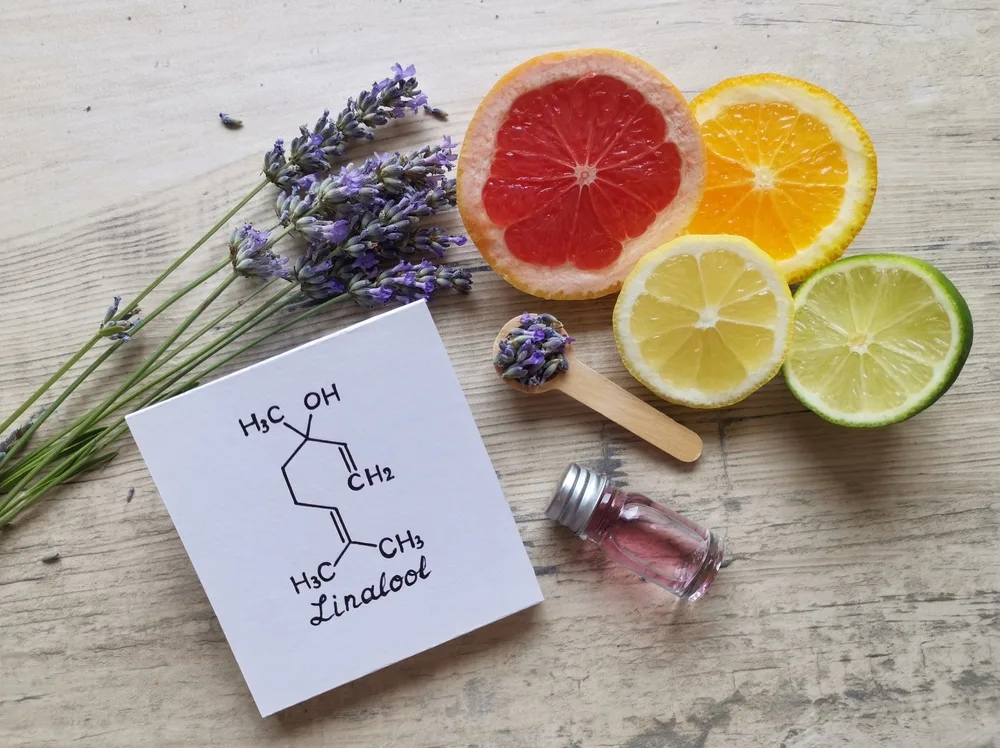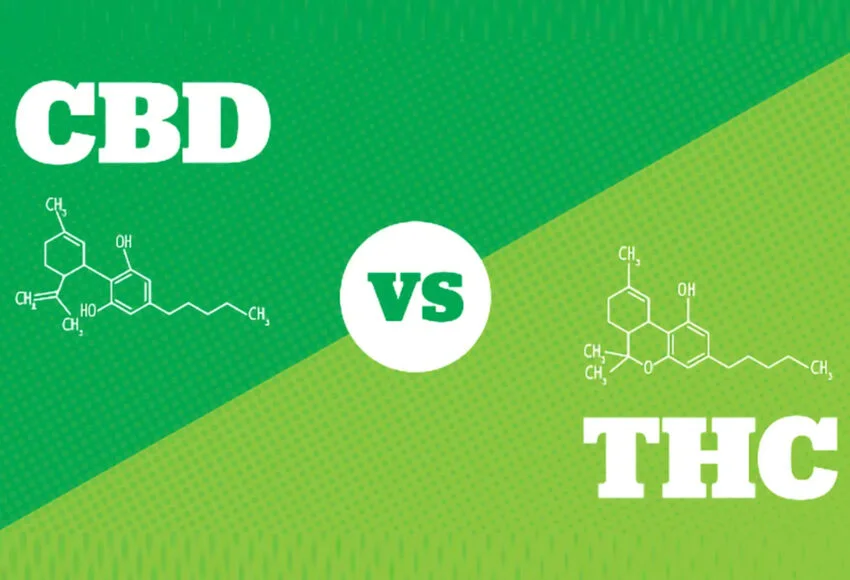

Cannabis terpenes are the aromatic compounds found within all cannabis sativa strains and across the greater plant kingdom, from lemons to rosemary to hops. All the flavors you’ve come to love from cannabis—the zesty, hoppy, pungent, sweet notes—are all thanks to the diversity of the plants’ terpene profiles.
More than one hundred terpenes are now linked to the cannabis plant. Unsurprisingly, they have become a hot topic in the cannabis industry because of how they contribute to the beloved effects, aromas, and therapeutic properties.
Whether you are a recreational cannabis lover or rely on the plant for its medicinal benefits, it’s time to learn about the critical part that terpenes play in a well-rounded and balanced experience.
Terpenes are aromatic compounds found in many plants, including cannabis. These are the molecules responsible for the aromas and flavors of most of the plants around us. If you’ve ever found yourself enveloped in a room filled with essential oils (aromatic plant extracts), you’ve experienced terpenes in one of their purest forms.
In the species Cannabis sativa, terpenes are concentrated in the plant’s trichomes, along with cannabinoids like THC and CBD. The trichomes are the microscopic sticky secretions of the cannabis plant, which give each strain a distinct aroma, appearance, and effects.
As we mentioned, there are at least 100 different terpenes identified in cannabis and maybe as many as 50,000 in nature overall. Different cannabis strains come with different terpene fingerprints, which is why Sunset Sherbert smells so fruity and creamy, while Sour Diesel smells more pungent, like gas.
If you could see terpenes on a molecular level, you’d know why they are classified by the number of isoprene units they contain. This ranges from simple, highly volatile compounds like monoterpenes to more complex, stable structures like diterpenes.
Monoterpenes are composed of two isoprene units (C10H16) and are highly volatile, so they quickly evaporate, even in normal environmental settings.
Because they so readily express themselves into the air, monoterpenes strongly contribute to plants’ aromas. Monoterpenes also typically have antibacterial properties. They’re abundant in the essential oils of plants like lavender, citrus, and cannabis. Common cannabis terpenes in the class include:
Composed of three isoprene units (C15H24), sesquiterpenes are less volatile than monoterpenes but still play a key role in plant aroma. These terpenes are also regularly found in essential oils and plant resins, including those of cannabis. Here are a few examples of cannabis terpenes in the sesquiterpene class:
Diterpenes consist of four isoprene units (C20H32) and have a more complex structure than monoterpenes and sesquiterpenes. They are less volatile and often found in plant resins and certain marine organisms. They aren’t usually found in cannabis, at least not at any substantial levels. Some well-known examples include:
As mentioned earlier, terpenes make up a large portion of cannabis’ chemical compounds (with the other portion being cannabinoids). Every strain contains multiple terpenes, which contribute to distinctive aromas and effects. They are so critical to the experience that many cannabis strains are actually named based on aromatic compounds (think Blueberry, Super Lemon Haze, or Strawberry Cream Cake).
But as you start looking at the wide world of cannabis terpenes, a core set of compounds appears more frequently. Here is a breakdown of each terpene (as an isolate), including where you can find it in nature beyond cannabis plants, what it smells like, and possible effects:
Myrcene is one of the most abundant terpenes in cannabis, known for its earthy, musky scent. It’s often associated with relaxing and soothing effects, making it a favorite for those seeking stress relief.
Limonene is a citrus-scented terpene commonly found in cannabis and known for its mood-enhancing effects.Its uplifting properties make it ideal for combating stress and anxiety.
Linalool is a floral terpene found in lavender and is widely known for its calming and soothing properties. It’s often used in aromatherapy as a component of essential oils, thanks to its ability to reduce anxiety and promote relaxation.
As its name suggests, Pinene gives off a refreshing pine scent and is commonly found in pine trees. Known for promoting alertness, it may also have anti-inflammatory effects.
Caryophyllene (β caryophyllene being the most prevalent type in cannabis) is a spicy, peppery terpene with a unique ability to interact with the body’s endocannabinoid system. This terpene is particularly noted for its anti-inflammatory and pain-relief properties.
Humulene, a terpene also found in hops, is known for its earthy and woody aroma. It’s often recognized for its appetite-suppressing potential, making it different from many other terpenes.
Terpinolene has a sweet, floral aroma and is less common in cannabis strains but still highly valued. Its uplifting effects and potential antioxidant properties make it a unique terpene.
Ocimene is a terpene with a sweet, herbal scent, often found in sativa-dominant strains. It is known for its anti-inflammatory properties. Ocimene can also add a unique fragrance to cannabis.
Farnesene gives off a fruity, green apple scent and is found in many fruits and vegetables. Its calming effects make it a lesser-known yet valuable terpene in cannabis strains.
Eucalyptol, known for its minty, cooling aroma, is commonly used in essential oils and medicinal products and is found in eucalyptus. Its refreshing scent may also help promote alertness and pain relief.
Did you know that terpenes help deliver many of the potential health benefits we all associate with cannabis? Terpenes (alone and in combination with cannabinoids like THC and CBD) create each cannabis strain’s unique effects. Terpenes alter the overall effects, and there is beautiful synergy under what’s known as the “entourage effect,” which may contribute to therapeutic and medicinal uses.
The entourage effect refers to the synergy between different compounds in cannabis, including cannabinoids (like THC and CBD) and terpenes, which work together to enhance or balance the effects of one another.
For example, the terpene myrcene can amplify the intoxicating and psychoactive properties of THC by helping it cross the blood-brain barrier more efficiently. Similarly, limonene may selectively enhance the cannabinoid activity of CBD. This collective work creates more balanced experiences than isolated compounds would produce alone.
So, how do terpene profiles produce therapeutic effects? Terpenes likely work through both pharmacological and psychological mechanisms. This means they interact with cannabinoid receptors within the endocannabinoid system. Psychologically, their scent may trigger expectations, emotional associations, and perceptions that influence experienced effects.
Research into cannabis terpenes is relatively new (thanks to the historic legal circumstances of the cannabis plant); research into terpenes from other plants is not. Because cannabis contains the very same terpenes we find in things like lemons, pine needles, and hops, we can learn a lot from this body of work.
Here are just a few of the therapeutic and medicinal potential of terpenes, as established in the research:
Of course, it’s important to say that just because Lemon Kush contains limonene, it may not create the exact anti-anxiety effects you’d expect.
First, this is because every strain in the cannabis sativa universe contains dozens of different compounds, which all play together for a more nuanced and complex experience.
What’s more, everyone responds to cannabis in different ways, depending on their experience, tolerance, conditions, and even genetics. How you might feel from a limonene-rich strain is likely different from someone else.
Terpenes play a fundamental role in shaping the aroma, flavor, and effects of cannabis. Whether you’re seeking therapeutic benefits or specific experiences, understanding terpene profiles can help guide you toward the right strain or the best terpene-infused cannabis products.
With over a hundred terpenes found across various cannabis strains, each offering unique properties, it’s time to think beyond just THC and CBD. At Shangri-La, our knowledgeable team is here to help you navigate the world of terpenes and find cannabis products that match your needs.
Ready to enhance your cannabis experience? Let’s get started!
References:
References

With the passing of the Farm Bill hemp has become legal in the United States. This new development has joined the 39 states where medical cannabis is now legal, allowing many patients to begin exploring their options with cannabinoids, namely, Cannabidiol (CBD) and tetrahydrocannabinol (THC). CBD is a cannabinoid found in high numbers in Cannabis […]

We’re proud to present you this elote-inspired corn salad, infused with a little something extra: Missouri’s Own BBQ Seasoning—a thoughtfully crafted blend of spices that combines our favorite parts of Missouri’s BBQ tradition with everyone’s favorite plant. We paired this incredible infused seasoning with a cold dish intentionally. The goal is to use it as […]
Shangri-La Proudly Serves: Connecticut, Illinois, Kentucky, Missouri and Ohio.